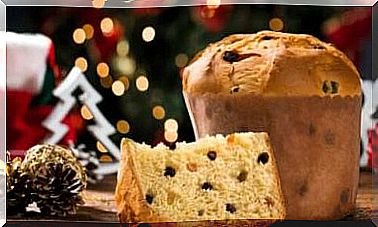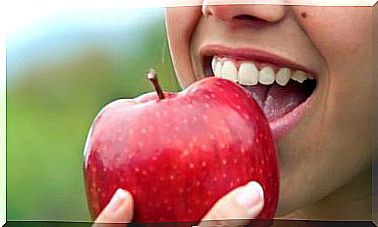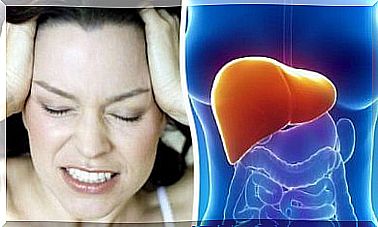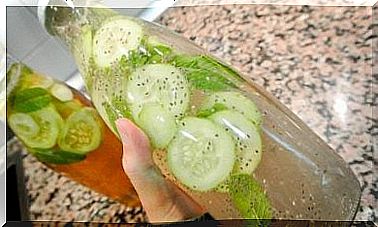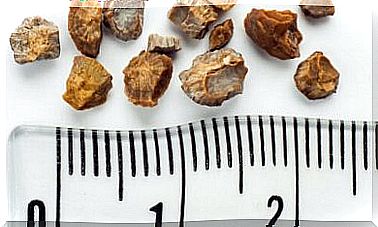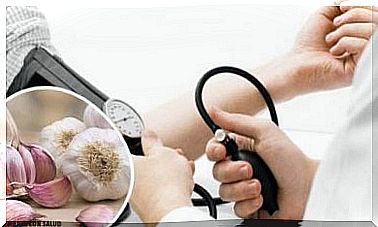6 Low Sodium Foods That Support Heart Health
Start your healthy diet by eating foods low in sodium. We tell you what they are so you can include them in your diet and take care of your heart.
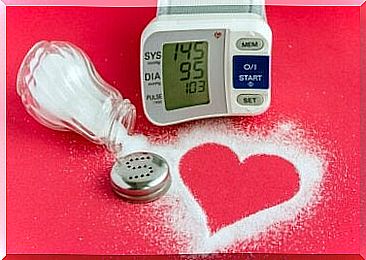
Cardiovascular disease (CVD) or heart disease is the deadliest disease in the world.
A high salt intake is directly linked to these pathologies, in particular high blood pressure. This is why it is essential to choose foods that are low in sodium.
Worldwide, people ingest twice as much salt than what is recommended by the World Health Organization (WHO). It is necessary to consume 5 grams of salt per day or 2 grams of sodium to lower blood pressure and cardiovascular risk.
Mattes and other researchers indicate that 77% of sodium comes from processed foods and 12% from natural foods. We must therefore be vigilant about the consumption of salt from industrialized foods. However, the safest way to eat less sodium is to include certain natural foods.
What is a low sodium diet?
According to UNC Health Care in the United States, a low sodium diet is a diet that limits the amount of common salt to one teaspoon per day. That’s no more than 2,300 milligrams of sodium per day. It can help reduce the risk of high blood pressure and therefore improve heart health.
The Spanish Heart Foundation recommends a slightly stricter diet for the control of high blood pressure. Adjust your sodium intake to 1353 milligrams / day, which is just over half a teaspoon of salt. Now let’s review the top six natural low sodium foods.
1. Vegetables
Fresh vegetables such as green vegetables, roots, flowers and stems are low in sodium. For example, green vegetables can contain anywhere from 70 milligrams to 150 milligrams of sodium per 100 grams of vegetables.
Sweetcorn, broccoli, squash, eggplant, sweet potatoes and carrots contain between 15 and 30 milligrams of sodium. Cauliflower, onion, tomato and cucumber contain less than 10 milligrams, according to the INCAP food table.
According to Revista Chilena de Cardiología, it is recommended to consume 4 to 5 servings of raw vegetables per day. This suggestion corresponds to the DASH diet ( dietary approach to stop hypertension) developed in the United States for the control of high blood pressure.
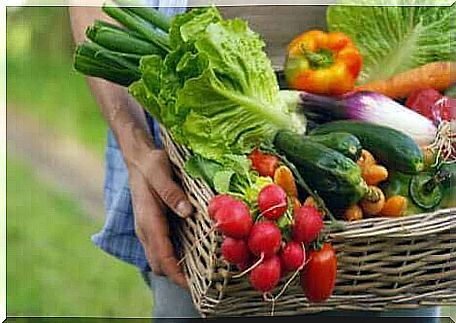
2. Fruits are low in sodium
Fruits, in general, have a very low sodium content with values below 10 milligrams. In addition, they provide pigments that give a wide variety of colors with antioxidant power.
They also contain a lot of potassium, magnesium and fiber. The DASH diet recommends 4 to 5 servings per day. One serving is 1 medium fruit or 1/2 cup of chopped fruit.
The Spanish Heart Foundation recommends around 3 fruits per day. It is a piece of apple, two lemons, a piece of watermelon, four oranges for juice and a piece of plum. In the second week, you can include 1 pomegranate, 5 grams of raisins and 75 grams of avocado.
3. Potatoes
Potato is one of the low sodium tuberculosis foods. However, you have to be careful with the preparation. For example, for boiled or baked potatoes with skin and no added salt, the value is between 10 milligrams and 14 milligrams per 100 grams.
Cooking without skin reduces its content to 5 milligrams. While mashed potatoes with milk or margarine boosts it to over 300 milligrams per 100 grams.
The Spanish Heart Foundation’s diet suggests preparing the potato in tortilla form or with a chicken fillet and using an amount of almost one kilogram of potato per week.
4. Whole grains and seeds
The Office of Disease Prevention and Health Promotion (ODPHP) has classified brown rice, oats and quinoa as foods that provide less than 5% of the recommended daily value for sodium. Legumes such as beans, peas and lentils are also low in sodium.
Almeida pointed out that soluble fiber is able to lower bad cholesterol or LDL that clogs arteries. Oats, quinoa, barley and corn contain it.
In this sense, Mr. Pereira also highlighted increasing the intake of fiber to 10 grams per day to reduce the risk of heart disease.
5. Nuts
Nuts and other nuts (hazelnuts, almonds, pecans, macadamia) contain less than 10 milligrams of sodium per 100 grams. When prepared roasted, the values are concentrated at 37%. In addition, nuts are excellent sources of omega 3 fatty acid, recognized by the Spanish Heart Foundation as a protector of the heart.
The DASH diet recommends 4 to 5 servings (1/3 cup) per week of nuts and 2 tablespoons of oil seeds such as flax or sesame.
6. Lean protein
Low fat protein is the best choice. Beef provides over 50 milligrams of sodium, and fresh fish, including blue fish, contains between 40 and 60 milligrams. Two servings of 85 grams each per day will ensure a good protein intake.
Oily fish such as fresh tuna, salmon, and mackerel are great for heart health. Besides being low in sodium, they also contain polyunsaturated fatty acids of the omega 3 series. Another source of protein is milk. All dairy products should be used skimmed and unsalted, at the rate of 2 or 3 servings per day.
How much sodium is in salt?
Common salt is the union of 40% sodium and 60% chloride. The Revista Chilena de Cardiología indicates the equivalent amount of sodium from different doses of salt. Thanks to these equivalences, it is easy to calculate the amount:
- 1/4 teaspoon of salt provides 500 milligrams of sodium.
- 1/2 teaspoon of salt provides 900 milligrams of sodium.
- 3/4 teaspoon of salt provides 1500 milligrams of sodium.
- 1 teaspoon of salt provides 2000 milligrams of sodium.
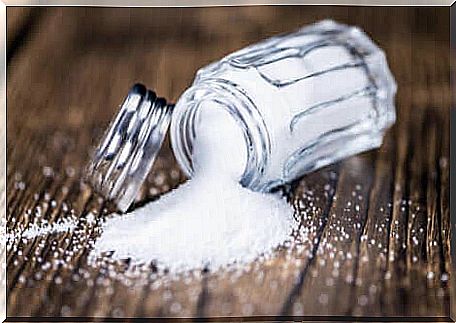
What foods should I limit to avoid sodium intake?
There are many foods that we should limit in order to reduce our daily sodium intake. Here we mention which ones contain the most and, therefore, which ones you should be vigilant about. These are the following:
- Some fruits and vegetables : coconuts, canned fruits, frozen fruits with added sugar, vegetables in brine, pickles, fried vegetables and vegetables in sauce.
- Cereals : Processed grain products such as white bread, muffins, donuts, cookies, buttered popcorn, cakes and refined white flour should be excluded.
- High sodium protein foods : organ meats, fatty meats, whole milk and dairy products, sausages, ham and other cold cuts.
- Fatty products : butter, cream, salted margarine, hydrogenated fats, béchamel.
- Miscellaneous : This group includes canned and dehydrated soups, MSG, mayonnaise, soy sauce, salad dressings and canned products.
Low sodium foods for heart health
If you are looking to control high blood pressure and keep your heart healthy, the first step is to reduce your salt intake. How Much Salt Should You Eat Each Day? The answer depends on your doctor and a nutrition professional, so feel free to ask them.
However, you already know that with a variety of fruits and vegetables, whole grains, nuts, potatoes, and lean meats in different servings, you can keep your heart rate healthy. Remember to also check the labels of the products you usually buy at the market.

